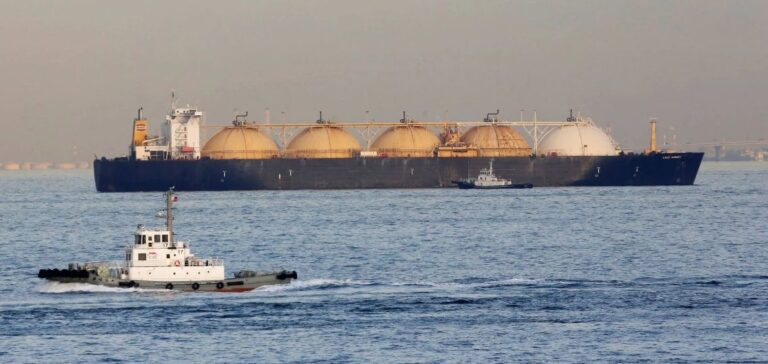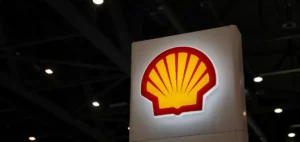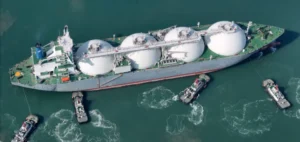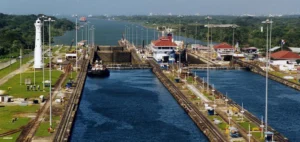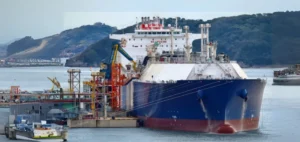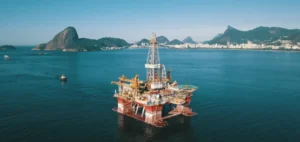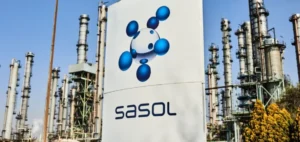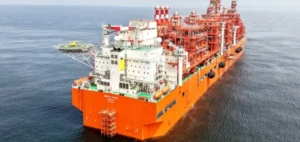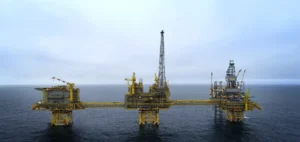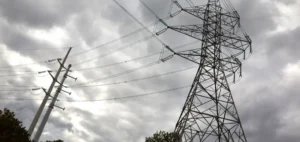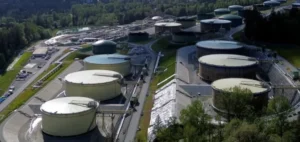US liquefied natural gas (LNG) exports saw a significant increase in February 2025, with approximately 82% of the 8.35 million tons exported directed to Europe. The UK was the top recipient, receiving 24 LNG cargoes during the month, underscoring the importance of the transatlantic energy relationship.
The expansion of US LNG exports is largely attributed to higher gas prices in Europe compared to the US. In February, prices in Europe reached $15.28/MMBtu, compared to $8.12/MMBtu in the US, making exporting LNG to Europe particularly advantageous for US producers. This dynamic was reinforced by the partial commissioning of the Plaquemines terminal in Louisiana, which achieved a record of 1.8 billion cubic feet per day by the end of the month.
Impact of LNG Prices on Trade Flows
The competitiveness of US LNG prices plays a key role in shaping trade flows. While Asia has long been the preferred destination for US exports, the rise in European prices has created new opportunities. In February, approximately 58% of total LNG imports to Europe came from the US. This high share is linked to a reduction in Russian gas volumes and a decline in storage levels, further exacerbated by harsh winter conditions in Europe at the end of 2024.
Expansion of Exports to Other Markets
US LNG exports also increased to other regions, notably Latin America, with 560,000 tons shipped in February, more than double the 210,000 tons exported in January. Countries such as Egypt and Jordan also imported US LNG, receiving two cargoes each in February, totaling 280,000 tons.
Development of Export Infrastructure
The increase in exports is also attributed to the partial commissioning of the Plaquemines LNG terminal in Louisiana, operated by Venture Global Inc. By the end of February, this terminal reached a production record of 1.8 billion cubic feet per day (bcfd), with exports exceeding 500,000 tons of LNG in January, all destined for Europe.
Reducing Europe’s Dependence
These developments highlight the growing role of the US as a key LNG supplier to Europe, contributing to the continent’s energy diversification and reducing its reliance on traditional sources. Europe’s energy strategy, focused on diversified supplies, is being strengthened with the increase in US volumes.


